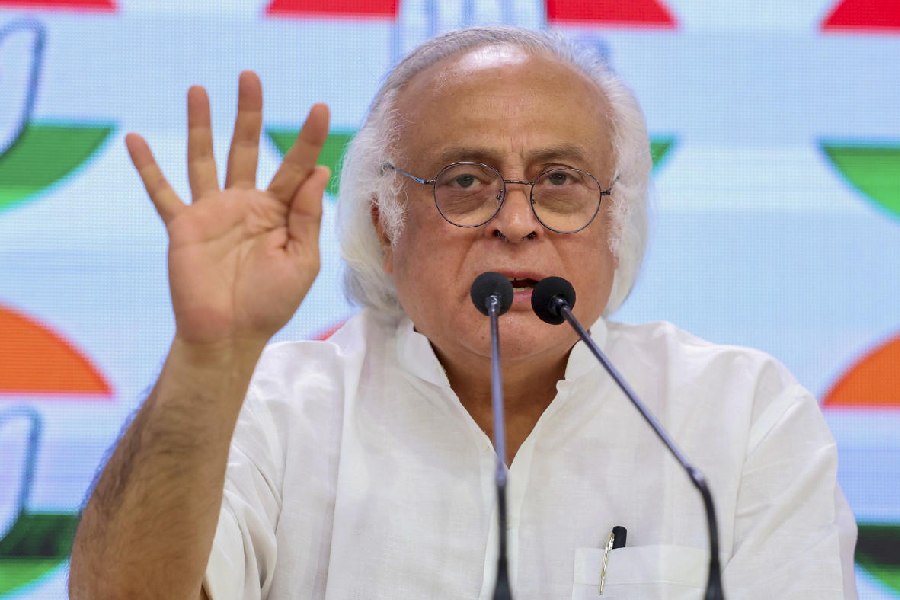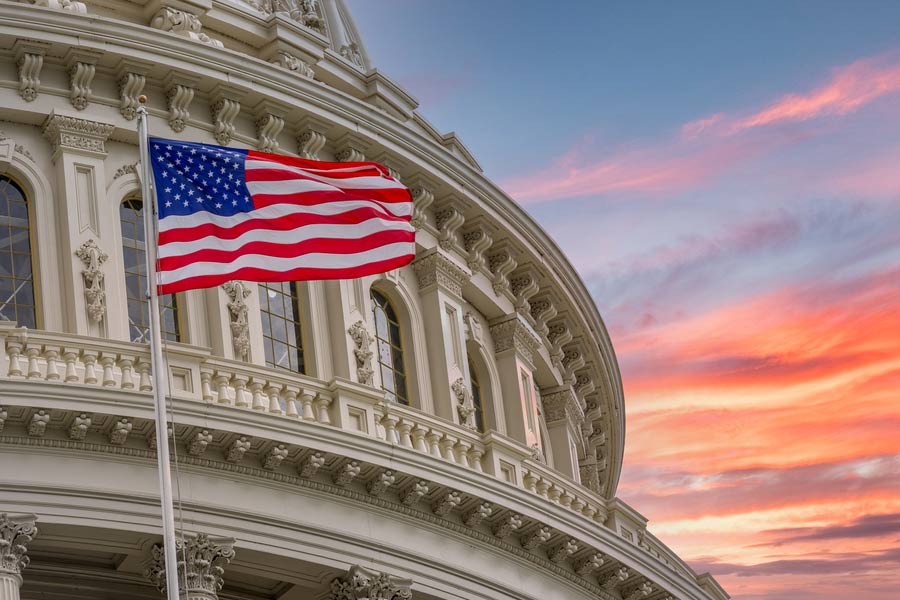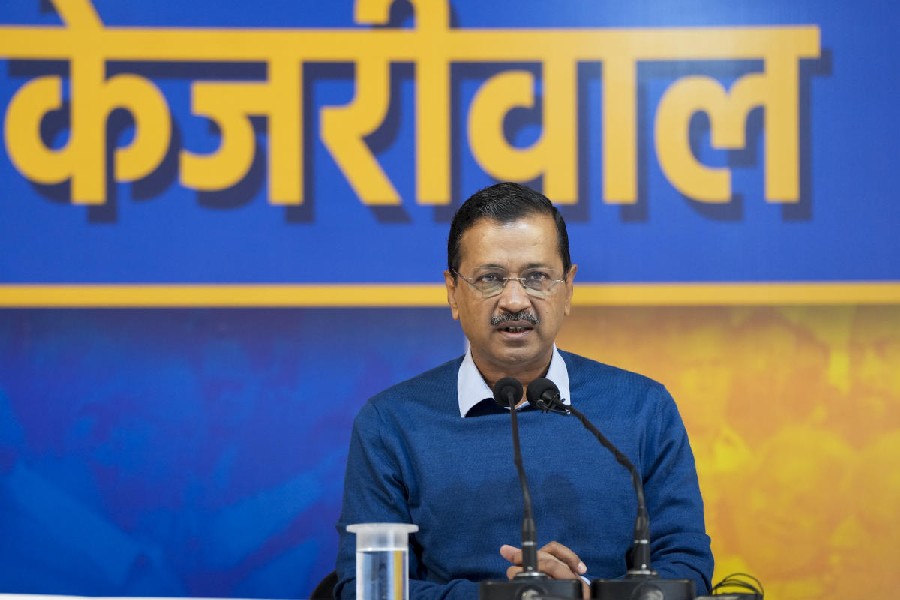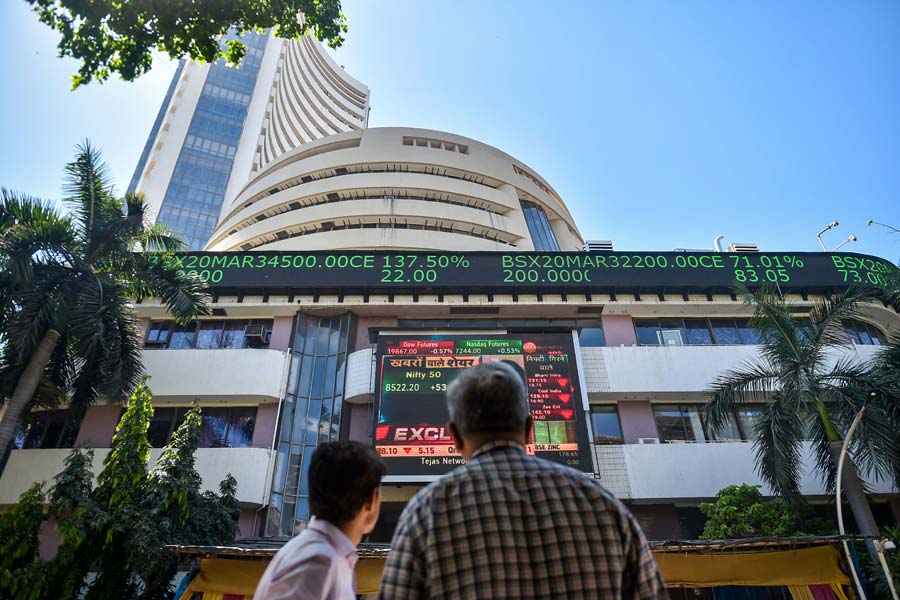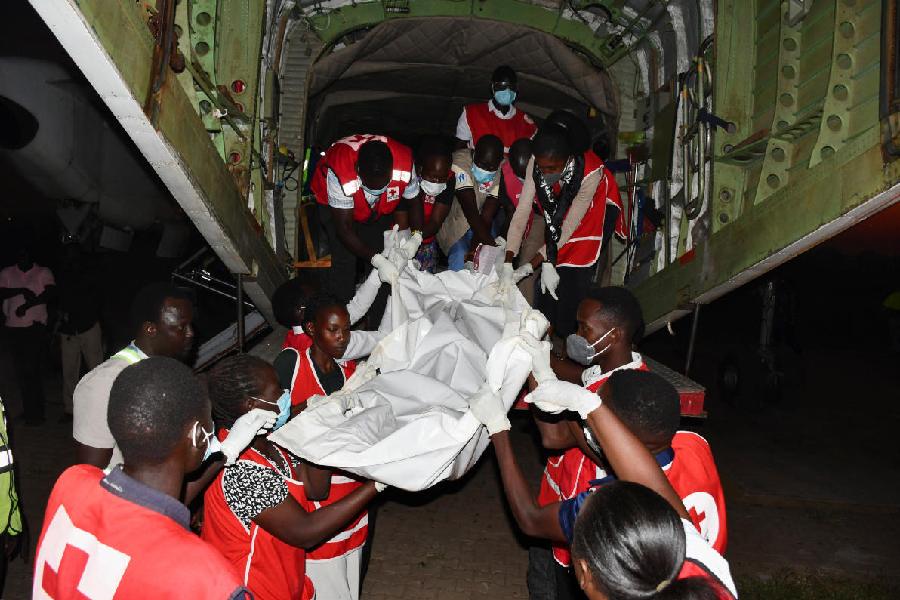Afghanistan has been a running media story for two decades now, more so than any other country in South Asia. Partly because the country has been continuously at war, at least in terms of occupation by foreign troops. But also because of the media agenda, which followed the invasion by the United States of America in 2001.
Donor agencies led by the United States Agency for International Development marched in right after the Taliban’s exit as rulers, determined to manufacture a ‘free media’ in a nation ravaged and suppressed by an Islamic organization. So where there had only been a single radio station offering religious programming under Taliban control, three Afghan diaspora returnees supported by USAID set up the country’s first private radio station, Radio Arman, which began airing by 2003. It was quickly followed by others.
Between UNESCO, USAID, Internews and other do-gooders, Western nations set about funding and training to establish an independent media in Afghanistan. The rapid proliferation which followed was only partly sustainable, and only partly free. But in the long term, a media landscape established itself, in Kabul and in the provinces. Because of limitations imposed by literacy, the cost of television sets, and electricity available in the countryside, radio stations were the most ubiquitous.
Its donor-funded media growth sets Afghanistan apart from other nations in the region. In November 2002, Reporters Sans Frontieres published a report on press freedom one year after the fall of the Taliban. It cited 150 publications being sold on the streets of Kabul, electronic media outlets springing up, and dozens of journalists being trained by non-government organizations. It also cited for contrast its own 2000 report, which had described five years of Taliban domination turning Afghanistan into “a country without news or pictures”. Also noteworthy was the reappearance after five years of the privately-owned Kabul Weekly.
The West attempted to set the norms, but ground realities governed how the media fared here. Funding the lot of the media did not instantly ensure a climate of editorial freedom. The Central government led by Hamid Karzai began to intimidate journalists, something which eased under international pressure. It began to publish 35 newspapers, controlled almost all electronic media, and promulgated a press law that forbade publishing information which could “offend Islam” or “weaken Afghanistan’s army”.
The country’s penal code, meanwhile, contained no less than 37 articles that provided for punishing journalists with prison sentences in connection with their work, the RSF report noted. While the Central government kept an eye on the media in Kabul, the provincial radio and television stations were quickly taken over by governors who ruled there and intimidated local journalists.
Since the transformation was imposed rather than organic, the environment for the media to flourish had not yet developed. An Afghanistan Independent Journalists’ Union came up, along with similar other unions. In 2003, the young journalist heading it described what was missing — there were too few good journalists. There were not enough good journalists to go round. Not even one professional per publication: “There are too many NGOs and too many publications.” Nor was the environment conducive as yet for a free media attempting to hold those in power to account. Warlords, militia commanders, the mujahideen, and the governors of the provinces were all part of the landscape of control apart from the government in Kabul. By 2012, the BBC identified five categories of media in Afghanistan: warlord media (media funded by local tribal leaders and politicians for tribal or personal agenda), the mainstream commercial media, Taliban media, government media and local FM radio, including radio stations set up by the International Security Assistance Force through the provincial reconstruction teams. The last was a Nato-led military mission in Afghanistan.
The Taliban media refers to the communication network the organization built in the areas it dominated, much of it in Pashto, the language of the largest ethnic group. Most of the media outlets multiplying in Kabul were publishing and broadcasting in Dari, catering to the country’s second-largest ethnic group, the Tajiks.
The 2014 elections in Afghanistan were a high point for the independent media that had taken root. Najiba Ayubi, who headed the Killid Media Group, described to an interviewer how they had deployed a network of 209 reporters at voting centres in different locations in Afghanistan to provide live updates on Killid’s radio programmes. Meanwhile, BBC Media Action collaborated with Afghanistan’s public broadcaster, Radio Television Afghanistan, to devise a talk show called Open Jirga, which had politicians and experts being grilled by a live audience from the different provinces of Afghanistan. The then president, Karzai, was persuaded to appear on it, a far cry from the initial year of opening up when a reporter was ticked off for asking him an ‘unsuitable’ question.
Now that the Taliban are back fully in control, the wheel is turning full circle; starting from April, media outlets have been shutting down. At the beginning of this month, Tolo News reported that 51 media outlets had closed amid the fighting, including five TV networks and 44 radio stations, one media centre and a news agency. Over this period, it said, over 1,000 reporters and media workers, including 150 women, had lost their jobs. Apart from outlets shutting down, there were reports of those falling to the Taliban — in Baghlan, Faryab, Badakhshan and Samangan provinces. Another report from Tolo News in January quoted the media support organization, Nai, to say that there were 130 incidents of violence against journalists in 2020, up 10 per cent from 2019.
Has Afghanistan’s independent media story begun to unravel completely then? What is at stake, more than anything else, is the future of a whole generation of Afghan journalists with multimedia skills who cut their teeth in this crucible over the last two decades. International media development evangelists fostered Afghanistan’s media flowering in an inhospitable terrain. What order of negotiation skills will it take from the international community at large to save this experiment from grief and destruction?
Sevanti Ninan is a media commentator and was the founder-editor of TheHoot.org


